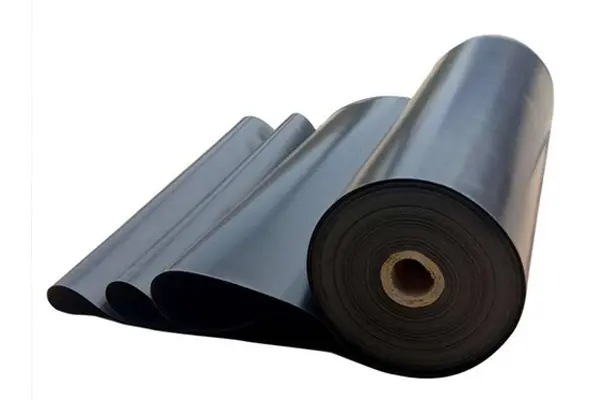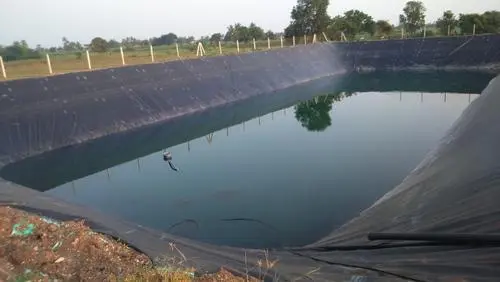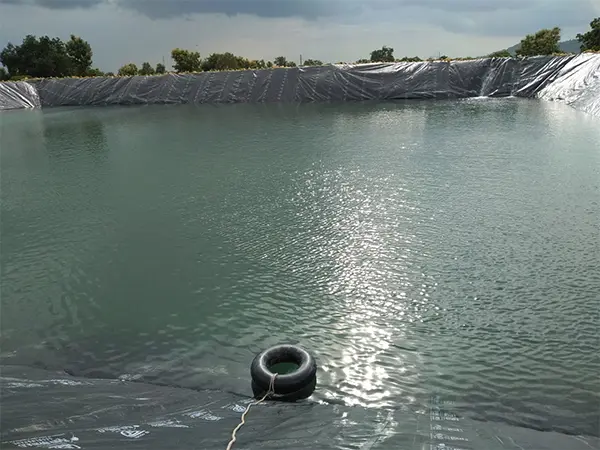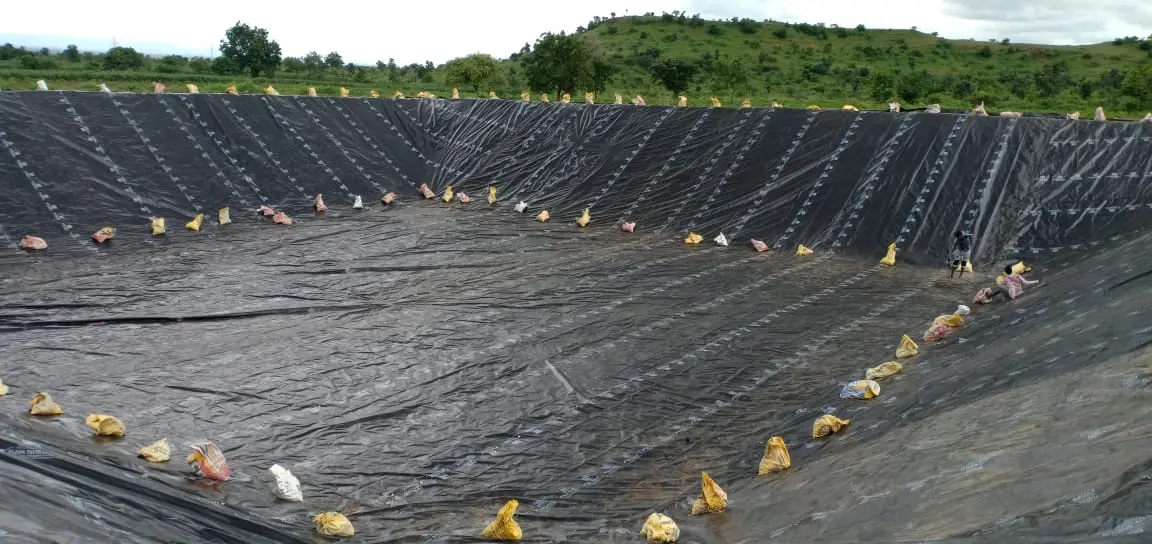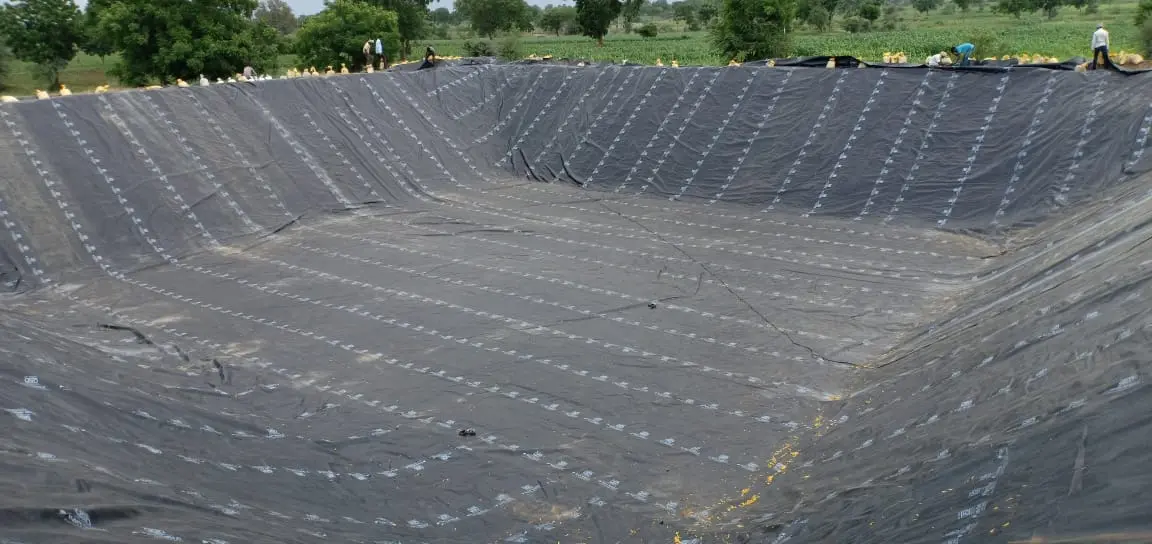Introduction:
In this blog, we explore the transformative role of HDPE Geomembrane in pond protection, from its definition to its latest technological innovations. Let's dive into the world of sustainable solutions for water storage and waste containment.
Explanation of HDPE Geomembrane and its Composition
High-Density Polyethylene (HDPE) Geomembrane is a synthetic membrane widely used in civil engineering and environmental applications. It is composed of high-density polyethylene resins, which are thermoplastic materials known for their exceptional strength, durability, and resistance to chemicals and environmental factors.
The composition of HDPE Geomembrane typically includes additives and stabilizers to enhance its properties. These additives may include antioxidants, UV stabilizers, and carbon black, which improve the material's resistance to degradation caused by exposure to sunlight and harsh weather conditions.
Key features and properties of HDPE Geomembrane
- Chemical Resistance: HDPE Geomembrane is highly resistant to a wide range of chemicals, including acids, alkalis, and solvents.
- UV Resistance: The material is UV stabilized, ensuring long-term performance even in outdoor applications exposed to sunlight.
- Flexibility: HDPE Geomembrane is inherently flexible, allowing it to conform to irregular surfaces and accommodate ground movement without compromising its structural integrity.
- Environmentally Friendly: HDPE Geomembrane is environmentally friendly, as it is inert, non-toxic, and does not leach harmful substances into the surrounding soil or water.
Market Trends and Analysis of HDPE Geomembrane
The geomembrane market is experiencing steady growth, with High-Density Polyethylene (HDPE) geomembrane leading the charge. This blog post dives into the key trends and analysis shaping the HDPE geomembrane landscape.
- Growing concerns about water conservation and pollution control are driving demand for HDPE geomembrane.
- Its ability to prevent leakage in landfills, canals, and ponds minimizes environmental contamination.
- This aligns with stricter environmental regulations worldwide, making HDPE geomembrane a preferred solution.
Technological Advancements:
- Manufacturers are constantly innovating to create even stronger, more chemical-resistant HDPE geomembranes.
- Advancements in welding techniques ensure secure seams and enhanced performance.
- These innovations contribute to the overall reliability and lifespan of HDPE geomembrane installations.
Future Outlook:
- The HDPE geomembrane market is projected to maintain a healthy growth trajectory in the coming years.
- Rising environmental concerns, coupled with infrastructural development, will continue to be key drivers.
- Manufacturers that focus on sustainable practices, innovative technologies, and cost-effective solutions will be well-positioned to capitalize on this growth.
Conclusion:
In conclusion, HDPE Geomembrane is a game-changer in pond protection, offering sustainable solutions with environmental benefits and cost-effectiveness. Embracing the latest trends and innovations in HDPE Geomembrane technology paves the way for a greener future in water management. Don't forget to share this valuable resource with others and stay updated with the latest insights.
